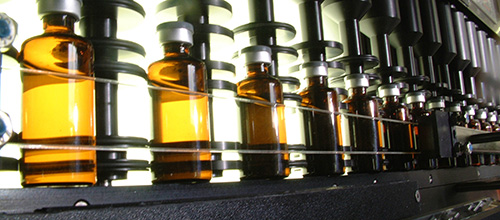Automated Visual Inspection: GMP Relevance of false Reject Rates
Recommendation

Thursday, 12 February 2026 9 .00 - 17.00 h
During the validation and operation of fully automated inspection machines (AVI), there are always problems with high false reject rates, i.e. the incorrect rejection of good objects. Are there GMP requirements in this regard?
As the automatic inspection systems are also able to recognise much smaller particles than humans, more or less large quantities of objects that were rated as good by an employee in the manual inspection [humans are still considered to be the gold standard in the 100% visual inspection] appear again and again in the eject of the AVI. In addition, a fully automated system could also have problems with air bubbles and reject objects with air bubbles as faulty. Ultimately, the trick is to configure the system in such a way that no objects with very small particles (invisible to humans) are rejected. There are companies in which objects rejected by the automatic system are checked again by manual inspection staff. However, this method harbours the risk that objects that actually have defects are suddenly judged to be free of defects by the employee. The FDA could also regard this procedure as unauthorised 'testing-into-compliance'.
Two conclusions can be drawn from the perspective of GMP. The rejection of objects without defects does not harbour any risk for patients and therefore appears to be practicable. On the other hand, qualification as such could also be criticised, as a system that makes systematic errors is not sufficiently qualified. In any case, acceptance criteria for false rejects should be defined. If these are exceeded, certain measures must be taken, such as an investigation into the cause and, if necessary and justifiable, an additional 100% inspection.
To summarise, it can be said that there is no requirement to set a limit value for false rejects. On the other hand, it is advisable to set a limit value for these false rejects as well, usually during qualification. This is because a missing limit value and, above all, a very high number of good objects in the false rejects can jeopardise the entire qualification during a GMP inspection.



